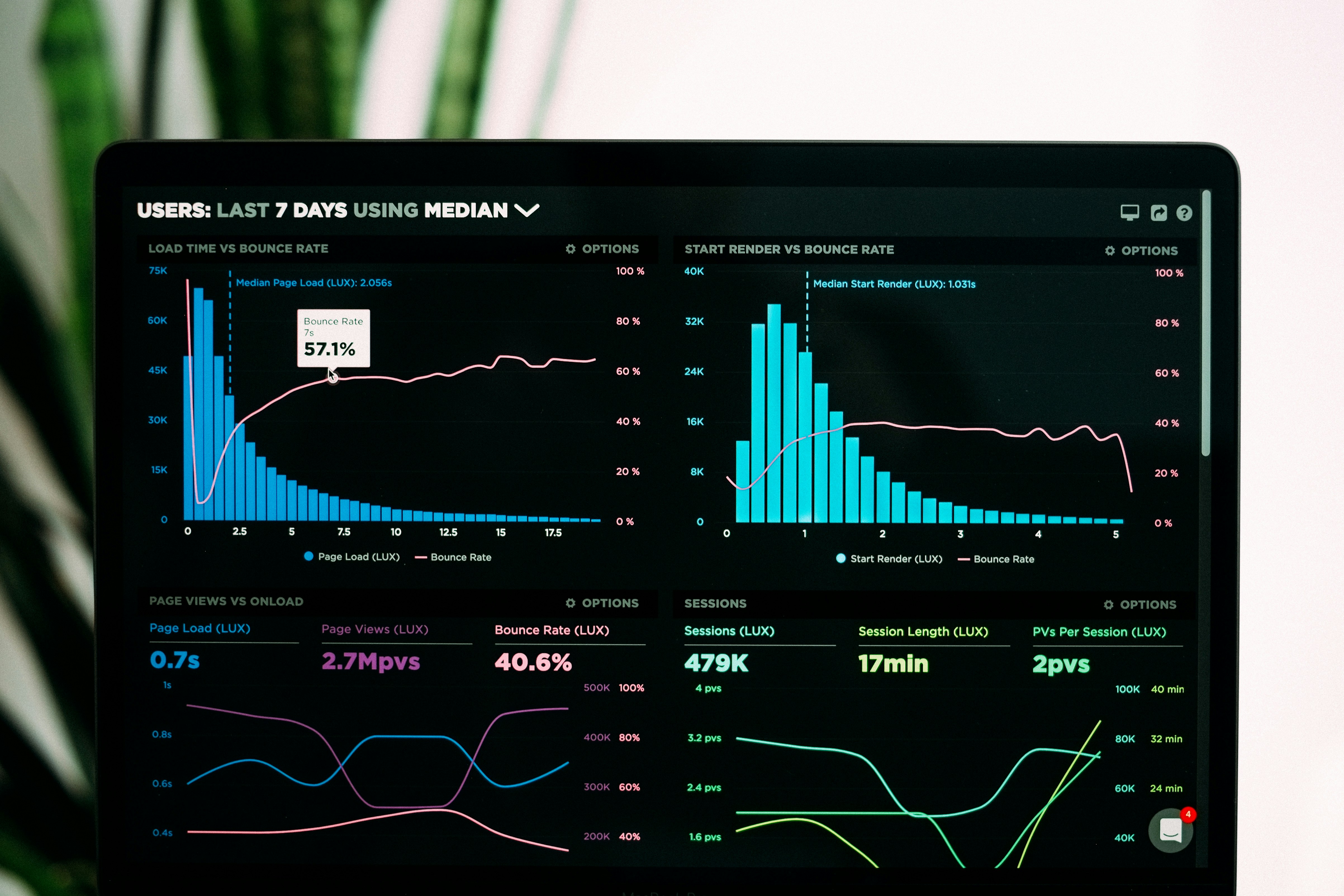
Why Most Internal Audit Tools Fail—and What Leading CAEs do to get it Right

Mike Molloy
Co-Founder & Managing Partner
Michael is a dynamic and results-driven consulting leader with over 15 years of experience in accounting, finance, and technology.
Why Most Internal Audit Tools Fail—and What Leading CAEs do to get it Right
The pressure on internal audit to deliver insight—not just assurance—is greater than ever. Modernizing the audit function with the right technology is required to meet the scale and speed of modern businesses. But amid a crowded landscape of vendors and solutions, how can CAEs make a strategically sound investment?
At Harbor View Consulting, we've supported dozens of audit leaders through this critical decision. The most successful selections start not with features, but with business alignment.
1. Anchor Technology to Audit's Strategic Role
Before evaluating platforms, clarify the mission. Is your audit team focused on assurance and compliance? Or are you expanding into advisory, risk anticipation, or continuous assurance? The right tool must enable, not constrain, your evolving mandate.
2. Prioritize Scalability and Future Readiness
Today's needs matter, but tomorrow's needs are inevitable. Will the platform adapt as your function grows, restructures, or pivots toward more analytics and automation? Rigid solutions create future constraints. Look for vendors with a clear product roadmap and commitment to innovation.
3. Ensure Alignment with Enterprise IT Strategy
Technology selection doesn't happen in isolation. Ensure compatibility with enterprise architecture, cloud preferences, security standards, and data governance frameworks. Internal audit cannot afford to be the exception to IT policy; it must be above reproach.
4. Enable Cross-Functional Risk Collaboration
Audit doesn't operate in a vacuum, especially when it comes to enterprise risk. The right technology should make it easier to collaborate with ERM, Compliance, and other risk owners. Shared risk libraries, integrated assessments, and visibility into control testing across functions are no longer aspirational; they're essential.
Platforms that support cross-functional inputs and outputs during risk assessments help break down silos and present a unified view of risk to the board. It's not just about efficiency; it's about elevating internal audit's role in enterprise risk dialogue.
5. Evaluate Vendor Stability and Support
Beyond the software, you're choosing a partner. How mature is the vendor's support model? Are they experienced in internal audit implementations or repurposing a GRC solution? Longevity, investment in R&D, and responsiveness are key differentiators.
6. Involve the Right Stakeholders Early
Strategic selection means cross-functional input from IT, risk management, finance, and your audit team. Early engagement ensures better adoption, integration, and value realization.
The Strategic Advantage
Selecting internal audit technology is not just a systems decision; it's a strategic one. When the criteria are aligned to mission, growth, and enterprise context, technology becomes a lever for transformation, not just task automation.
The most successful CAEs understand that the right technology doesn't just improve efficiency—it elevates the entire audit function's contribution to enterprise value creation.
Ready to Learn More?
Connect with our team to discuss how we can help your organization navigate complex financial and operational challenges.
Contact Us